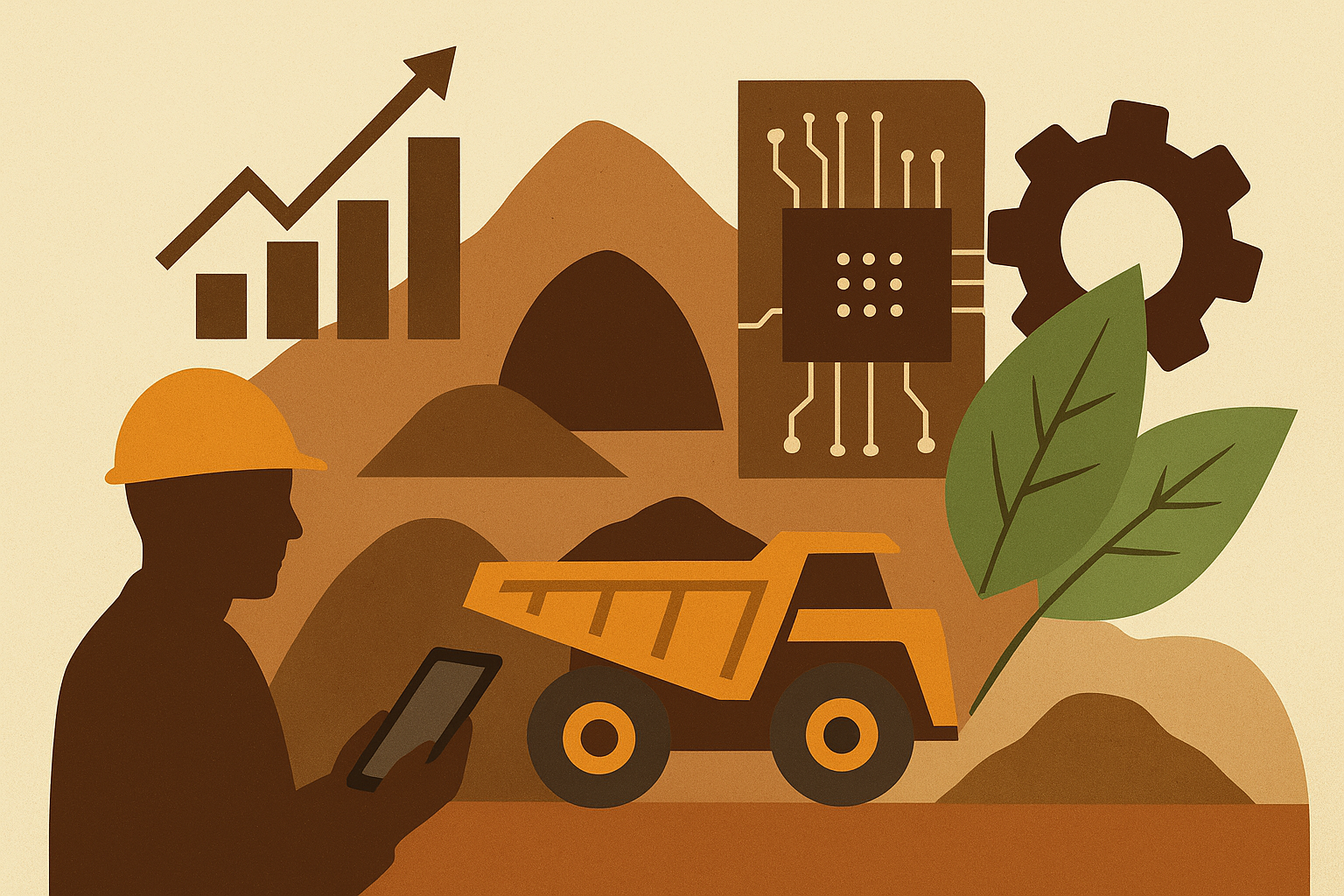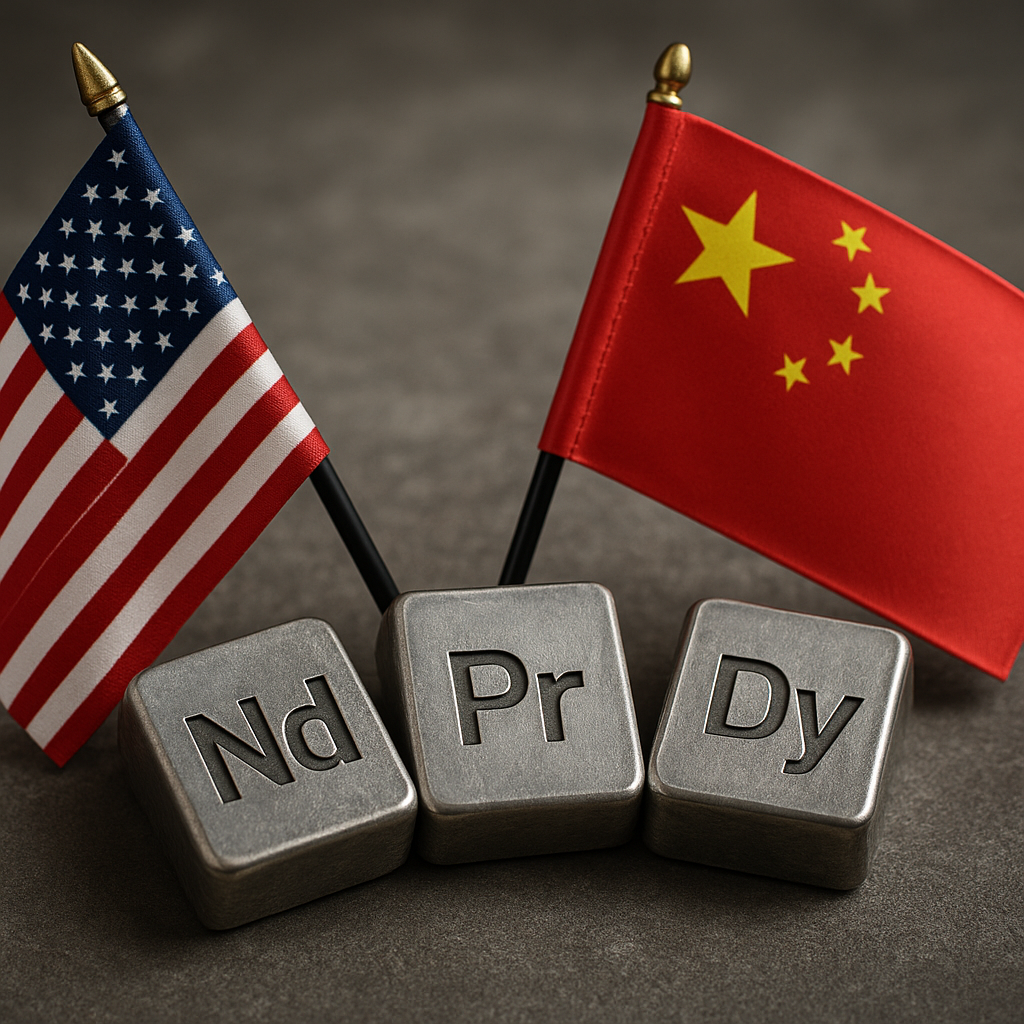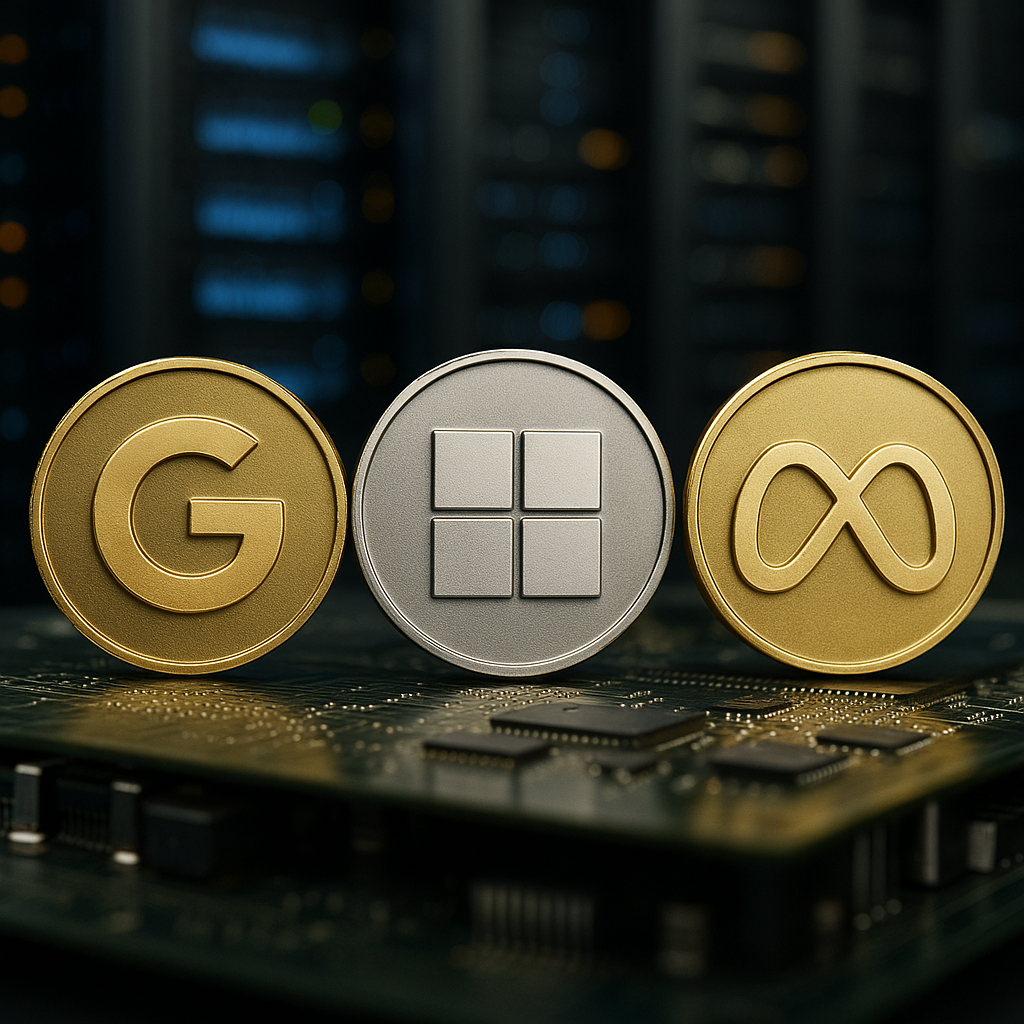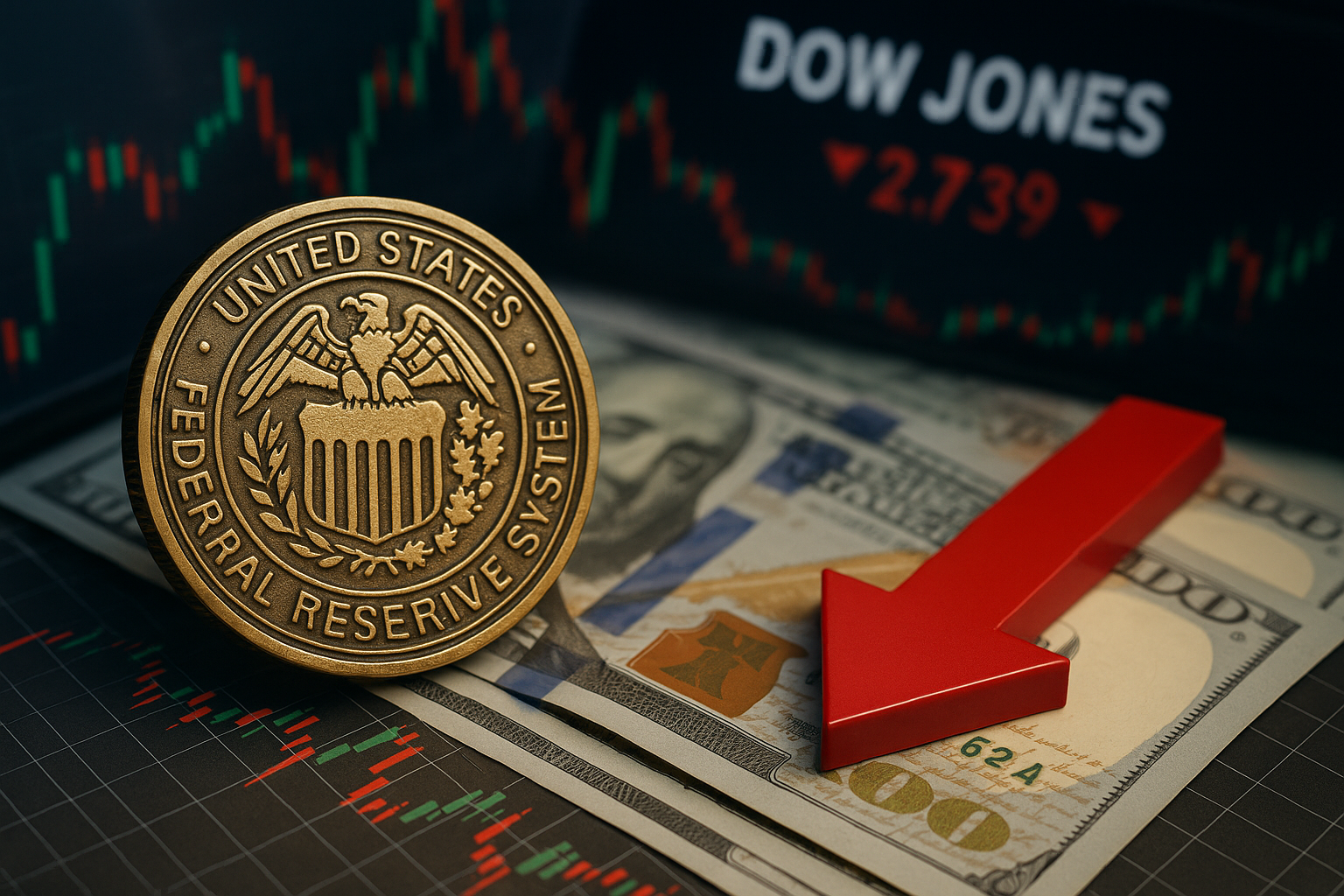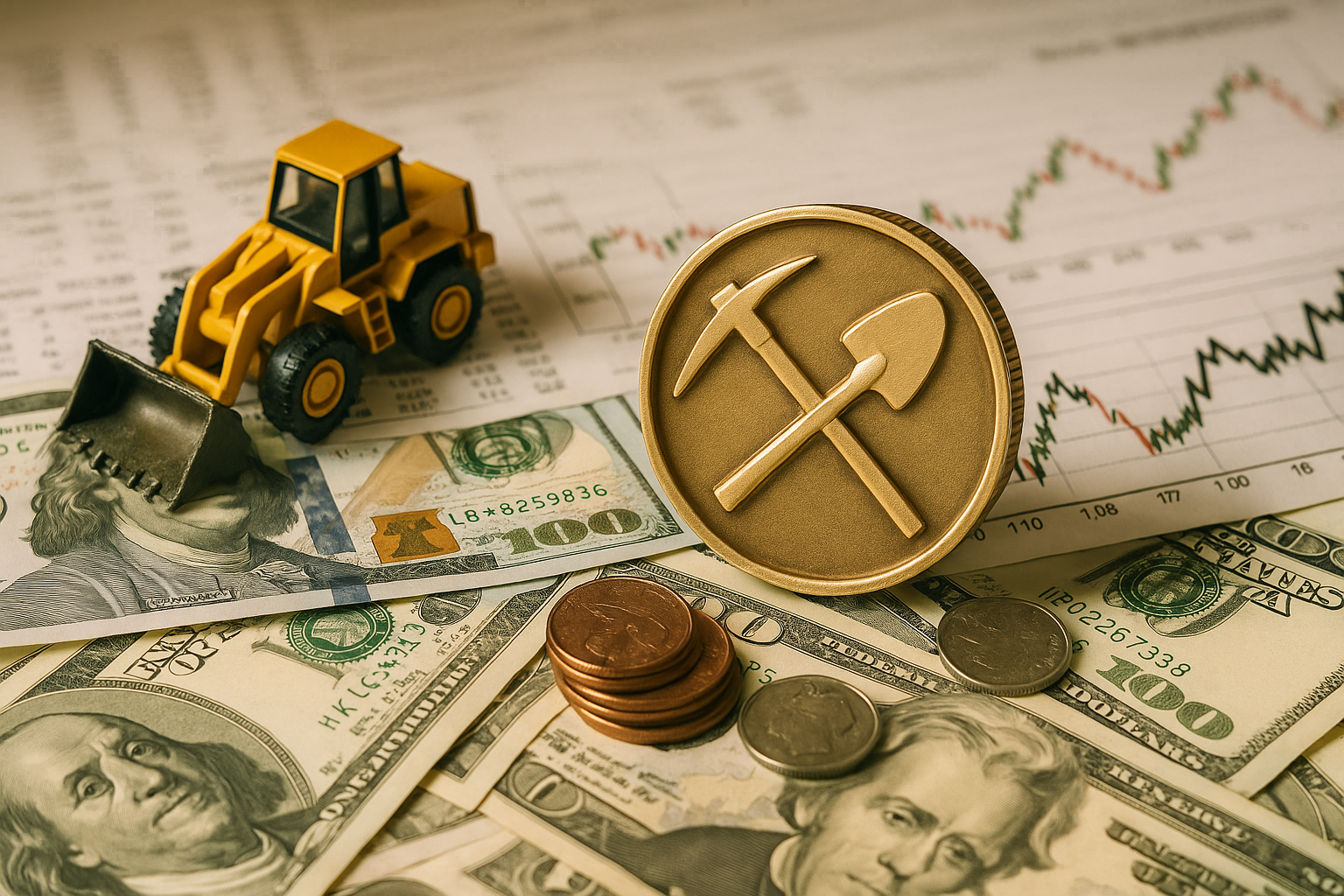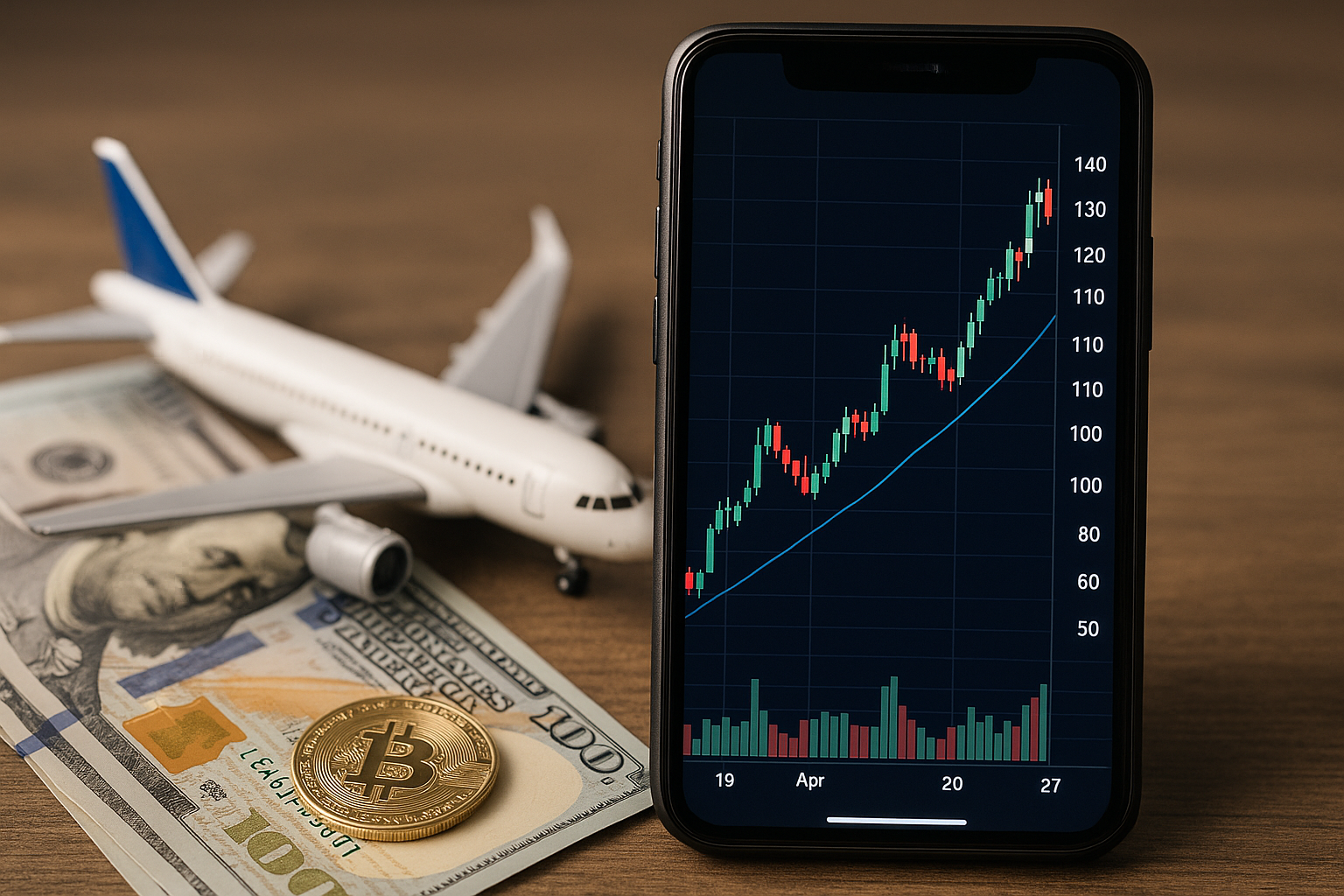Global markets are once again shining a spotlight on metals. But this time, it isn’t just about soaring copper prices or tight supply chains—it’s about how the very foundations of mining are being reshaped. From AI-driven exploration to bio-engineering and digital twin models, the metals sector is undergoing a quiet but profound transformation that could redefine the supply chain for decades to come. For investors, the stakes are high: the future of critical metals may not only determine who controls the next phase of global growth but also who reaps the biggest rewards.
Why This Matters for Investors
Copper, lithium, nickel, and other “transition metals” are the backbone of the energy and technology revolutions. According to the International Energy Agency (IEA), demand for copper alone is set to double by 2035, driven by electric vehicles, renewable power, and grid modernization. Yet, supply constraints continue to weigh heavily, with analysts at Wood Mackenzie warning that global copper shortages could exceed 6 million tonnes by 2030 unless major new sources come online.
Against this backdrop, mining majors such as Rio Tinto ($RIO) and Hudbay Minerals ($HBM.TO) are pivoting toward technology-led solutions. From reclaiming copper and zinc out of waste tailings to deploying AI to optimize drilling operations, these companies are positioning themselves at the front line of what many analysts see as a “mining renaissance.”
The Technology Driving the Shift
Three innovations stand out:
- Artificial Intelligence (AI): AI is now used to process geological data at unprecedented speed, reducing exploration timelines from years to months. Rio Tinto recently announced it was integrating machine learning models to predict ore quality, cutting unnecessary drilling costs and accelerating mine development.
- Bio-engineering: Hudbay Minerals is testing bioleaching—a process that uses microbes to extract valuable metals from ore and waste rock. Not only does this reduce environmental damage, but it also makes previously unviable projects commercially attractive.
- Digital Twins: By creating real-time digital replicas of entire mining operations, companies can simulate outcomes, streamline operations, and minimize risks. A McKinsey report highlighted that digital twin adoption in mining could improve productivity by up to 25% while cutting energy costs by as much as 15%.
Cleaner, Leaner, and More Resilient Supply Chains
The implications of this transformation extend far beyond efficiency. With rising geopolitical tensions and resource nationalism—particularly in Latin America and Africa—Western markets are eager to secure resilient supply chains for critical minerals. Canada, with its abundant reserves and reputation for responsible mining practices, is emerging as a key player in this realignment.
A recent Canadian government report emphasized its ambition to be a “global critical minerals hub,” backed by billions in incentives for exploration and refining. This dovetails with U.S. policy moves, including the Inflation Reduction Act, which directs funding toward securing North American sources of critical metals to reduce reliance on China.
Future Trends to Watch
- Decarbonization of Mining: With investors increasingly factoring in ESG performance, the ability to produce metals with a smaller carbon footprint is becoming a differentiator.
- Tailings Reprocessing: Vast quantities of metals lie in mine waste dumps. Turning waste into revenue is a growing frontier.
- M&A Acceleration: As demand spikes, larger players are likely to pursue acquisitions of tech-savvy junior miners with innovative extraction techniques.
Key Investment Insight
For investors, the transformation in mining is more than just an operational story—it’s a strategic one. Companies that embrace technological innovation stand to lower costs, reduce risk, and capture premium valuations in a market hungry for secure and sustainable critical metal supplies. Rio Tinto, Hudbay Minerals, and Canadian juniors in the AI-mining niche merit close attention as beneficiaries of this shift.
As governments tighten supply security and green mandates, the winners will be firms that align operational efficiency with sustainability. For portfolios, that means diversifying into mining firms leading in digitalization, AI, and bio-engineering could offer a hedge against commodity volatility while positioning for long-term growth.
Stay with MoneyNews.Today for more in-depth analysis of how metals, technology, and policy are reshaping the global investment landscape.
